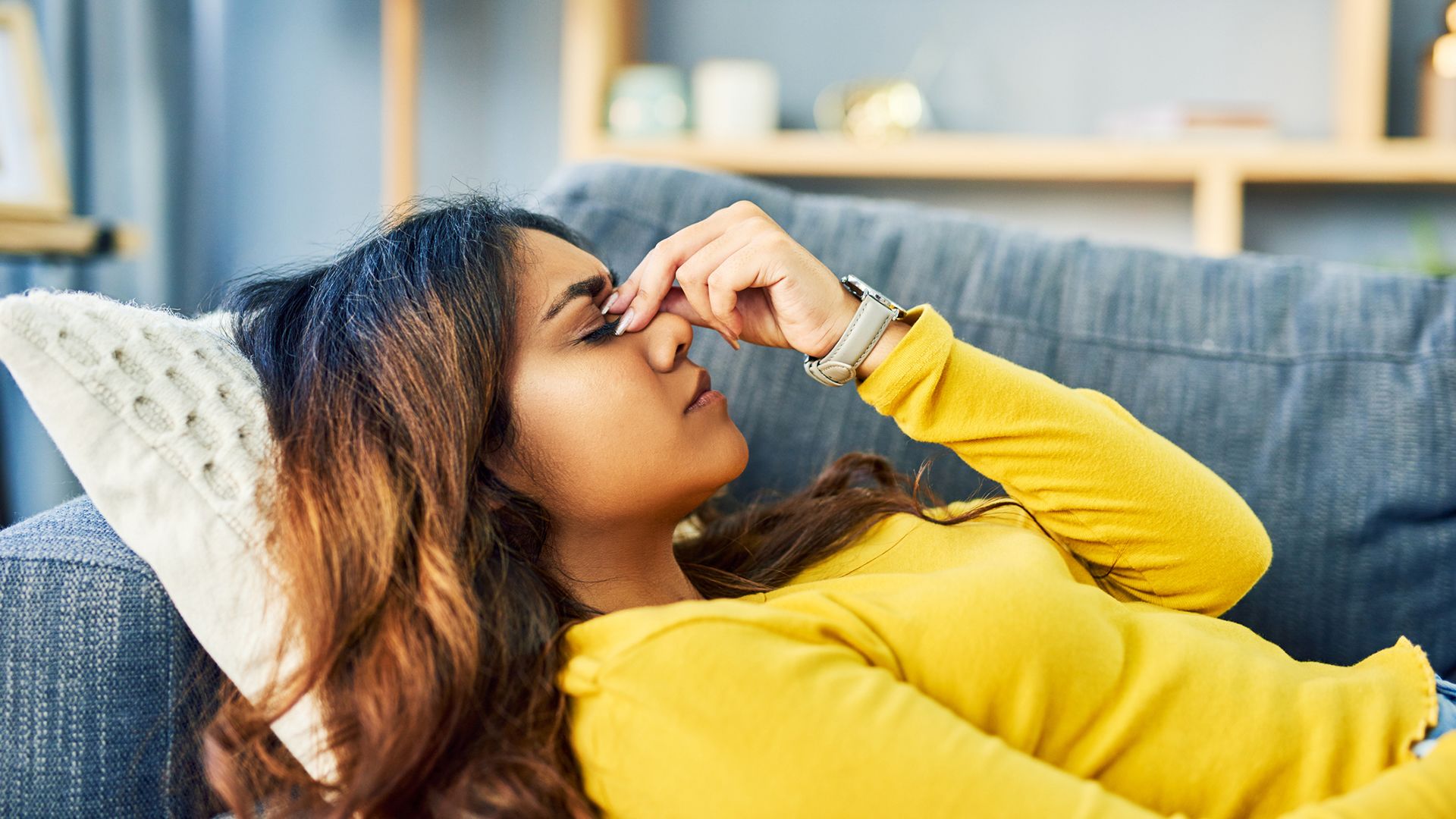Migraines are a type of recurring headache that affect an estimated 20 percent of women and 10 percent of men at some point in their lives. These headaches are often characterized by throbbing or pulsing pain on one side of the head. This pain is often accompanied by nausea and/or sensitivity to light, sound, or odors.
However, while these symptoms are common, they are not required for a clinical diagnosis of migraines. Migraines can cause a wide spectrum of symptoms. It is even possible to have a migraine attack called a silent migraine or ocular migraine, where a person does not experience a headache (but does experience other migraine symptoms).
People who experience migraines should see a healthcare provider who can evaluate symptoms and oversee treatment. A treatment plan for migraines will depend on a number of factors, including the number of headache days a person is experiencing each month.
People who experience migraines are encouraged to keep a headache journal, which tracks their headache days, symptoms, possible triggers, and how headaches respond to treatment. This is useful information to share with a healthcare provider.
Depending on the number of headache days per month, migraines may be classified as either episodic or chronic.
Episodic vs. chronic migraine
Migraines are categorized as episodic when a person is experiencing fewer than 14 headache days per month. Within this category, migraines can be low frequency or high frequency. While there is no standard definition of low-frequency and high-frequency, the following range may be used:
- Low frequency: Fewer than 8 headache days per month.
- High frequency: Between 9 and 14 headache days per month.
People who have chronic migraine experience 15 or more headache days per month, with migraines on at least eight of those days, and with symptoms that persist for three months or longer.
While there is a distinction between episodic and chronic migraine, healthcare providers recognize that there is overlap between the two. The treatment needs for people with high-frequency episodic migraine may be similar to people who have chronic migraine.
Treatment
Therapies for migraines fall into two broad categories, acute and preventive.
- Acute therapies. These are therapies that treat migraine attacks and are taken when symptoms begin. These are also called abortive or symptomatic therapies. These therapies are intended to stop the migraine, shorten its duration, or lessen its intensity. A healthcare provider may recommend an over-the-counter medication in some cases. In other cases, they may prescribe a medication.
- Preventive therapies. As the name implies, preventive therapies are taken with the goal of preventing migraines from occurring and reducing the number of headache days. Preventive therapies include a number of daily oral medications as well as medications that are given by injection.
Acute and preventive therapies are prescribed for episodic migraines as well as chronic migraines.
All migraine treatments—whether acute, preventive, prescription, or over-the-counter—should be taken under the guidance of a healthcare provider. Taking acute therapies for migraines too frequently can lead to medication overuse headaches (MOH).
In addition to treating migraines with medications, a healthcare provider may recommend lifestyle changes. These may include avoiding migraine triggers, losing weight, quitting smoking, managing stress, and addressing coexisting medical conditions, including sleep disorders and mood disorders.
Eating regularly (and eating healthy), staying hydrated, and regular exercise may also help prevent migraines, and are topics people with migraines should discuss with their healthcare providers.









